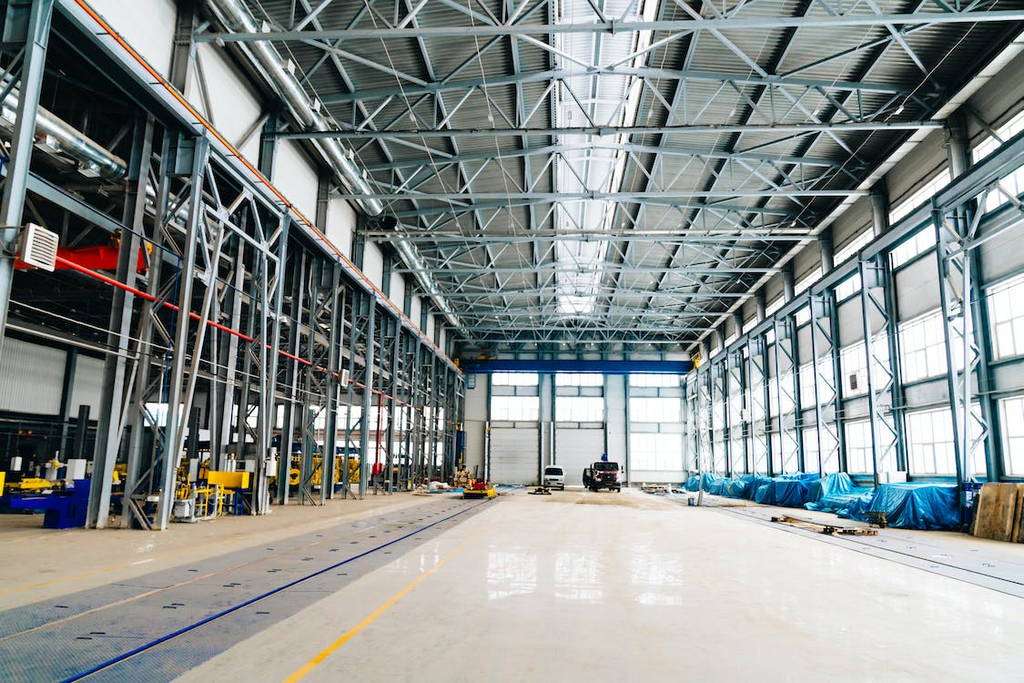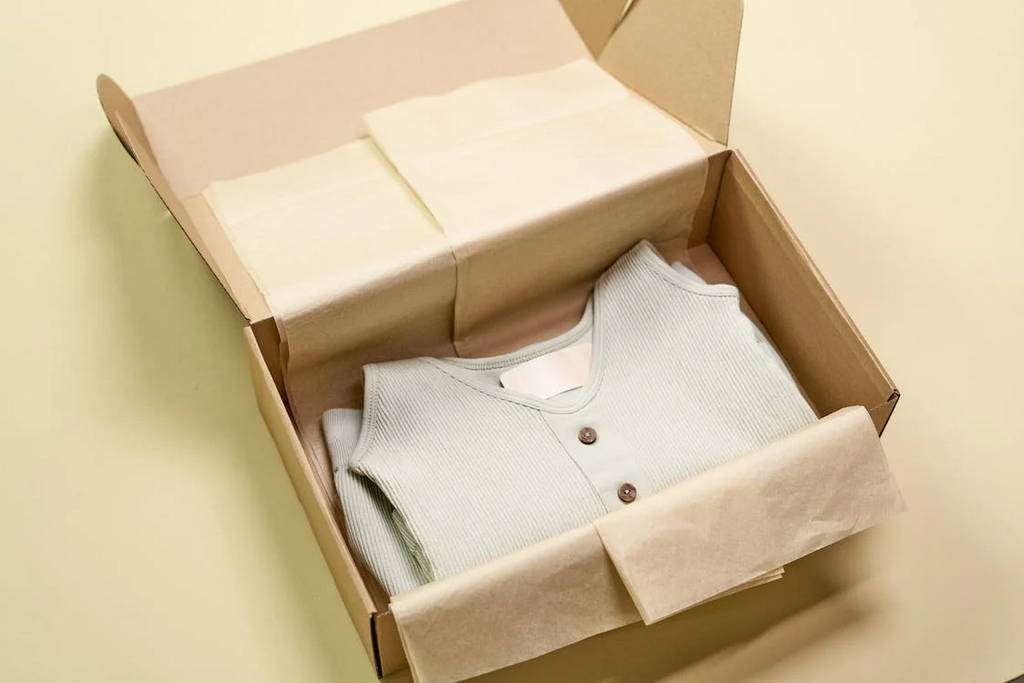Amazon FBA storage fees can quickly add up – and if you’re not careful they can eat into your profits.
It’s no secret that Amazon FBA storage fees are expensive, but many sellers don’t know how to lower them.
In this guide, we’ll show you how to lower your Amazon FBA storage fees by following a few simple tips. We’ll also show you how to optimize your inventory so you can make the most of your storage space.
Use this outline to skip to any section of this page:
- How to lower Amazon FBA storage fees
- Do FBA fees include storage?
- How much does it cost to store in Amazon FBA warehouses?
- Why are the fees so high?
- What selling methods can I use for Amazon FBA?
How to lower Amazon FBA storage fees
There are multiple ways to lower your Amazon FBA storage fees – including drip-feeding, sourcing small and lightweight products, consolidating inventory and minimizing packaging. Let’s dive into each one.
1. Drip-feed your inventory from an FBA prep center
When you’re running an Amazon FBA business, it’s important to keep your inventory levels high. That way, you can always be sure of having products to sell, and you won’t run into the risk of overselling and damaging your reputation.
However… this can result in hefty storage fees.
There are a couple different ways to keep your inventory high – without paying full price on storage:
- Do a lot of research to find products that are in demand and that you can source cheaply.
- Another is to use a drip feed inventory system – where you slowly add products to your inventory instead of buying them all at once.
This helps ensure that you’re not buying too many products at once, and it also keeps your inventory levels consistent so you’re never out of stock.
If you’re interested in using a drip feed inventory system for your Amazon FBA business, you need to make sure that you:
- Have enough storage space for all of your products
- Have a plan for how you’ll market the new products that you’re adding to your inventory
- Are not adding too many new products at once
If you add too many products at once, it can be difficult to manage your inventory and sales goals. Start with a few new products at a time and gradually add more as you become more comfortable with the process.

A few things to know about using an FBA prep center:
Preparing your inventory for Amazon FBA can be a tedious process. You have to make sure that everything is properly labeled and sorted according to Amazon’s guidelines. This can be a time-consuming task if you’re doing it yourself.
That’s where an FBA prep center like ZonPrep comes in. These services will:
- Take your inventory and prepare it for shipment to Amazon. They will l
- Label and sort everything according to Amazon’s specifications, m
- Making the process much easier for you by saving a lot of time and hassle.
- They will make sure that your inventory is ready to go when it arrives at Amazon’s warehouses.
This can help you avoid costly delays and ensure that your products are available for sale as soon as possible.
2. Source small and lightweight products (ideally)
Sourcing small and lightweight products is essential for Amazon FBA sellers. Not only does it reduce storage and shipping fees, but it also makes the products easier to sell and ship. When sourcing products, it’s important to find items that are both lightweight and small. This will help you to keep your costs down and make your products more appealing to buyers.
There are a number of ways to find small and lightweight products:
One option is to look for items that are sold in bulk. These items tend to be smaller and lighter than individual items. You can also search for products that are made from lightweight materials, such as plastic or aluminum. Beyond that, you can choose products that have a low shipping weight. This will help to keep your shipping costs down.
When sourcing products, it’s important to consider the size and weight of the item. By choosing small and lightweight items, you can save money on storage and shipping costs.
3. Consolidate shipments to minimize the number of boxes
When you’re an Amazon FBA seller, you need to consolidate shipments to minimize the number of boxes. This means sending as many items as possible in a single box. Not only does this save you on shipping costs, but it’s also more efficient and makes it easier to keep track of your inventory.
There are a few things to keep in mind when consolidating shipments:
- Make sure that the items you’re sending will fit comfortably in a single box. You don’t want them to be too cramped, or they could get damaged in transit.
- Be sure to pack the items securely so they won’t move around during shipping.
- If you’re not sure how to pack your items properly, there are plenty of resources online that can help.
Just do a quick search for “packaging tips for Amazon FBA sellers.” With a little bit of preparation, you can easily consolidate your shipments and save time and money.
4. Store products in their original packaging, if possible
When shipping products to Amazon for fulfillment, it is important to store them in their original packaging. This will help reduce your fees and expenses, as you will need less packaging. In addition, it is important to be mindful of the weight of your packages. Amazon has a maximum weight limit for each package, so it is important to pack your products accordingly. By following these tips, you can save time and money while fulfilling your orders through Amazon.
Here are some tips for packing your products for Amazon FBA:
- Use a sturdy box or carton that can protect your product during shipping.
- Make sure your packaging is attractive and eye-catching. Use bright colors and creative designs to stand out from the competition.
- Use quality packaging materials that will protect your product during shipping. This includes packing peanuts, bubble wrap, and other protective materials.
- Make sure your product is easy to open and use. Avoid using complicated packaging that could frustrate customers.
- Label your product clearly with all of the relevant information, including the product name, size, weight, and SKU number.
By removing the extra step needed to exchange, add, remove or alter the original packaging, you’ll be able to reduce your prep costs and already have your products prepared for Amazon FBA.

5. Remove any excess packaging before sending inventory to Amazon
When sending inventory to Amazon, it is important to remove any excess packaging. This will help ensure that the products are displayed and sold in the most appealing way possible. It is also important to make sure that all products are securely packaged and will not be damaged during shipping.
In the worst cases, excess packaging can result in a penalty from Amazon, if it goes against their guidelines. This depends on the nature and circumstance, but it’s always best to optimize and reduce the amount of packaging you need – without compromising the safety of the items.
Do FBA fees include storage?
The fees that Amazon charges for its FBA service do not include storage costs. That means that if you want to store your products in an Amazon warehouse, you will need to pay an additional fee for that. The amount of that fee will vary depending on the size and weight of your products, and the location of the Amazon warehouse where you want them stored. You can get more information about Amazon storage fees by visiting their website.
How much does it cost to store in Amazon FBA warehouses?
When you first start out selling on Amazon, it’s important to understand all the costs associated with the process. One of the main expenses you’ll incur is storage fees for your products in Amazon’s fulfillment centers. The cost to store your inventory in an Amazon warehouse varies depending on the size and weight of your items, as well as the type of product.
For smaller, lightweight items, you might pay around $0.50 per cubic foot to store your products in an Amazon warehouse. Larger, heavier items will cost more to store; for example, a one-pound item that’s 24 inches long could cost around $0.70 per month to store in an Amazon warehouse.
Keep in mind that these are just ballpark figures; the actual cost to store your products in an Amazon warehouse may be higher or lower depending on the specific items you’re selling. Be sure to consult Amazon’s fee schedule before you decide to sell your products through their fulfillment program.
Why are the fees so high?
If you’re wondering why are Amazon FBA fees so high, there’s a variety of reasons. First off, Amazon is a very large and established company – and as such, it has a lot of overhead costs that need to be covered.
Amazon has invested heavily in developing its infrastructure, including its fulfillment and shipping networks, and these costs need to be recouped somehow. They also need to make a profit to ensure that it remains a viable business in the long run.
All of these factors contribute to the high fees that Amazon charges for its services. However, it’s important to remember that Amazon sellers are still able to pull a decent profit, even with the high fees. There’s no reason to let the expenses get in the way of growing a business!
What selling methods can I use for Amazon FBA?
Wholesale
Wholesale selling involves partnering with a manufacturer who will sell their products to you. Once you purchase them and ship them to Amazon, you become a seller for an already-existing ASIN and listing – and you’re responsible for handling the remaining steps in the selling process.
When you sell wholesale products, you’re selling brand name products. This can be seen as a good thing, as it increases your credibility and trustworthiness.
After all, if people are buying products directly from the source, they can be sure that they’re getting the real thing and not a knockoff. By selling brand name products, you’re also establishing yourself as a reliable and trustworthy seller. This can be important when it comes to building long-term relationships with customers.

Private label
Private labeling, on the other hand, involves creating your own unique product that’s sold exclusively on your own, brand new listings. These are products that are created by a manufacturer, but sold under a different name (which you get to choose).
This could be a different name owned by the brand, or a different company altogether – it’s your choice in most cases.
For example, an Amazon private label product might be a pair of headphones that are made by Amazon, but sold under a different name like “Henzo.” Or you might source a private label product from a manufacturer called JoBeats, but they allow you to engrave your own logo onto the product and sell it under your own brand name.
If you want a full rundown on Amazon FBA wholesale vs. private label, go here.
Arbitrage
Arbitrage is the act of purchasing a product from one location and then selling it at a higher price in another location. Amazon arbitrage is taking advantage of this by buying products from Amazon at a lower price than other retailers and then selling them for a profit on other websites.
There are a few things you need to get started with Amazon arbitrage:
- Find products to sell. You can do this by searching Amazon’s website for products that are being sold by third-party sellers at a higher price than on Amazon itself.
- Once you’ve found a product, you’ll need to determine how much profit you can make by selling it on another website. This involves taking into account the cost of shipping the product to your customers, as well as any taxes or fees that apply.
- Finally, you’ll need to win the Amazon buy box and start selling! Check out that article for more tips.
Amazon arbitrage can be a great way to make money online, but it’s important to do your research before getting started. Make sure you understand the costs involved in shipping and selling products, and be sure to choose products that will sell quickly and at a high profit margin. With some planning and effort, you can start making money with Amazon arbitrage today!
Seller-fulfilled prime
This is a newer option that allows third-party sellers to participate in the Prime – without using the FBA program.
Sellers who are approved for Seller Fulfilled Prime can offer Prime shipping on their products… but they have to ship the products themselves (or you can use a 3PL). Check out this article on 3PL vs. FBA for selling on Amazon.
You must also meet high standards for shipping and customer service, since Amazon assesses seller performance on a regular basis to ensure that only the best sellers are offered these benefits. We talk more about the difference between FBA and seller fulfilled prime here.
Final thoughts on reducing FBA storage fees
Remember – the best way to lower your Amazon FBA storage fees is to be proactive about managing your inventory (along with learning how Amazon receives and stores inventory in their warehouses). Monitor your stock levels and make sure to only send in products that are likely to sell in the near future. You can also reduce your fees by storing your products in a smaller space.
By selling on Amazon, you have a variety of storage options – so be sure to choose the one that is best suited for your needs. By following these tips, you can keep your storage fees under control and save money on Amazon FBA.

